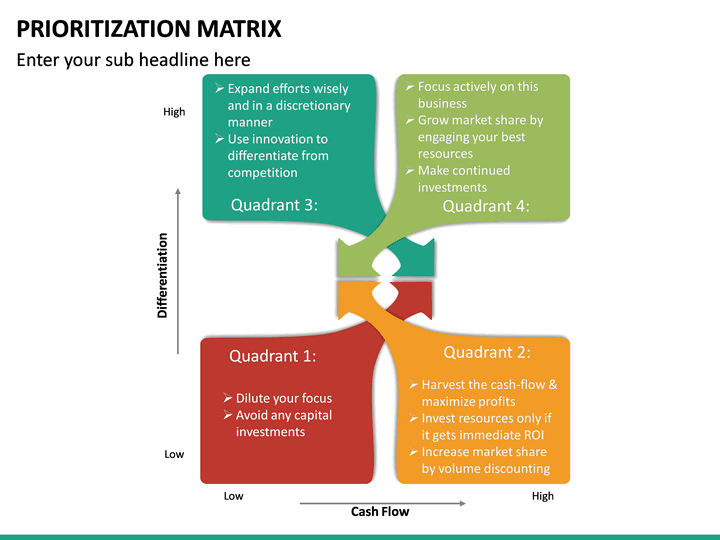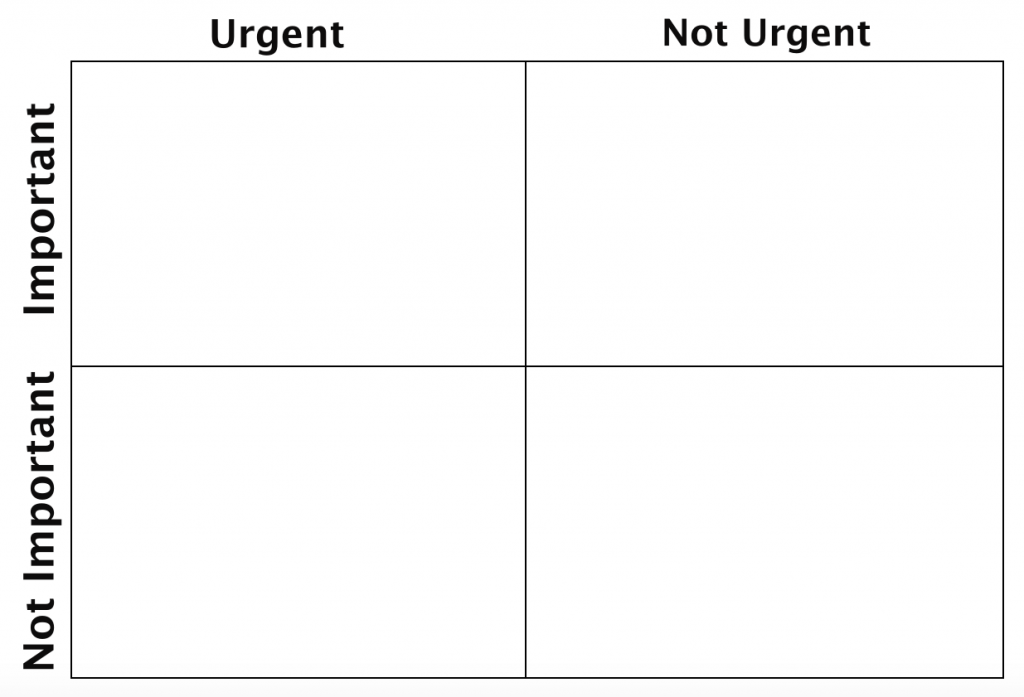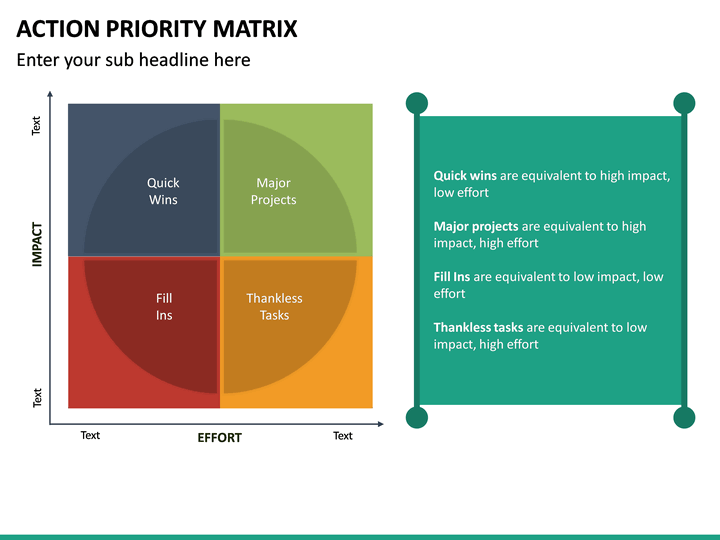
To avoid this trap try the following tactics:

It is also important to manage the proportion of activities that are considered to be MUST as if it is approaching your capacity you risk dropping something that truly matters and it will lead to stress and burnout. The danger here is that this could mean they squeeze out other even more important activities things that are going to be long-term more beneficial. They are also important so need to be handled well. These things MUST be dealt with, promptly. WON'T: The often overlooked priority - sometimes the best thing to do is to be clear and explicit about what won't be done and why.COULD: These are opportunities things to do when they align with other important activities where there is an opportunity to go above and beyond or where they represent low hanging fruit.These are all the important things we should be doing to drive change and make a meaningful impact. SHOULD: Much of what we do is likely to fall into this category.Likewise some routine activities will be MUST too. Often only part of a delivery will be a MUST though so it can pay to split tasks out further. It should be exceptional, or exceptionally bad, to miss an item identified as something that must be done. MUST: The challenge here is being strict with ourselves on what MUST really means.To maximise the value it is worth being quite clear what we mean by each. It is an intuitive and straightforward mechanism to give importance labels to activities and tasks.

The priority matrix software#
I first came across this about 15 years ago in software engineering and it has stuck with me ever since. How much of what they ask for do they need and by when? A Note on Mo SCo W: Must, Should, Could, Won't Be certain you understand where those dates have originated, and where there may be flexibility or very hard limits. It's always worth asking "When do you want this by?" and also determining when it is required by. Urgency is usually more clear-cut however there is still a lot of nuance. Importance is subjective however key considerations are going to be the consequence should it go wrong the importance of any relationships that depend on the activity and how costly it would be to remedy a mistake (e.g. I will expand more on each of the items below. This model builds on the original matrix, outlines some of the key tactics I have found effective in these area, where effort should be directed, and why. Then select which of the available tactics for managing it will be used in order to focus your effort in the highest impact areas. First assess importance and urgency, and use this to identify which bucket on the Eisenhower Matrix the task falls into. When your role involves judgement with respect to which activities you should be focusing on I have found a two-step process of triage works well. Below I outline one of the mechanisms I have developed to deal with this though I wouldn't consider it solved - it does help identify a way forwards. This creates a fire-hose of things we could be working on at any given time, and poses the challenge of determining where our limited resources should be focused to produce the greatest return on investment with regards to risk management.

Threats, technology, organisations, society, regulations, and product lines all evolve - and we must constantly learn and adapt along with them. One of the realities of life when working in cyber security, and other high change roles, is that we will never be done.
The priority matrix professional#
However I'd hope that most people's definitions would include being proud of doing a high-quality professional job making a positive impact on the world, organisation, or domain in which you work and doing this without so much stress that you burn-out or damage your relations. Prioritisation and Execution Tactics to Manage WorkloadĮveryone has, or should have, their own definition of success.


 0 kommentar(er)
0 kommentar(er)
